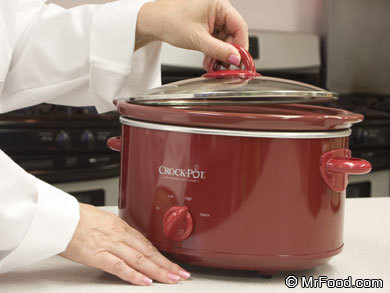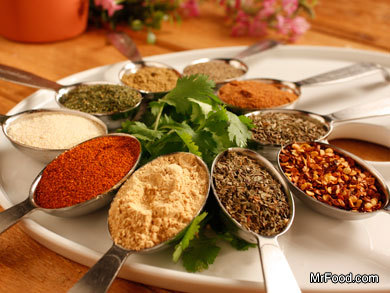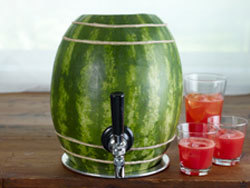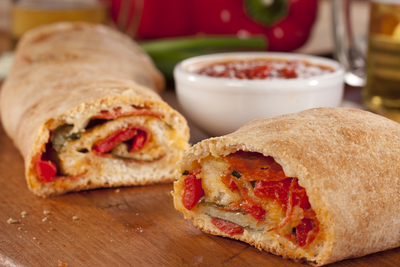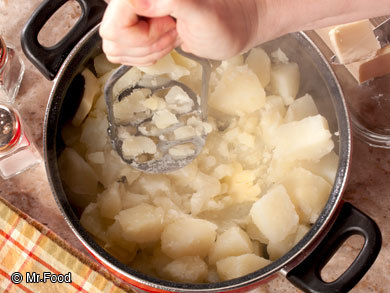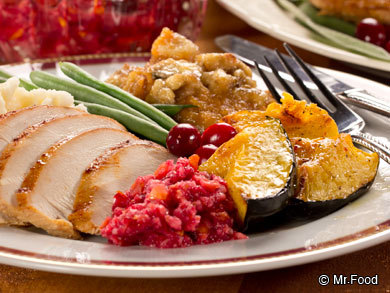Sizing Up a Serving and a Portion
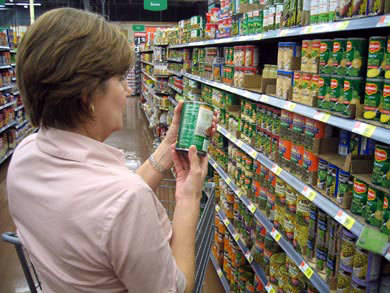
Watch this video to find out the difference between a portion size and a serving size. You may realize that your food portions are bigger than suggested. It's important to understand this difference in order to maintain a healthy diet. Read below for more information.
What to Do
What’s the difference between a "serving" and a "portion"?
Ever stepped on a scale and found that you've gained a few pounds, yet you don't know why, since you’ve been watching what you eat? Even if you’re buying low-fat and low-calorie foods, you might be confusing the amount of calories and other nutrition information that pair suggested serving sizes with the actual portions that you eat.That's because there’s a big difference.
- A portion is how much food you choose to eat at one sitting. Therefore, you are in complete control of this measure.
- A serving size is the amount of food listed on a product's Nutrition Facts label. Be aware that the nutritional information on a product is for the serving size suggested by the product's manufacturer, not neccessarily for the entire package.
Once we understand the difference between the two, it's easier to determine how much to serve. It’s pretty simple to size up one serving of fruit or veggies – generally it’s the size of your fist – and that works pretty well, for instance:
- 1 apple or 1 baked potato should fill you up
- For meat, fish or poultry, a deck of cards (or about 4 ounces) is the model for the suggested serving size. The average person might eat what the USDA determined to be THREE (4-ounce) portions, so if you’re eating a big steak thinking you’re within the guidelines, think again.
- For packaged items, read the food labels. Never assume that one can of soup is one serving – it’s usually not…and we could wind up eating enough soup for two.
- The same goes for salad dressing: a serving could be a couple tablespoons, not the "drown our greens" situation that often happens, meaning our healthy salad now becomes something that makes us tip the scale.
- For snacks, try divvying them up into smaller bags for individual portions; this can help prevent you from possibly munching on an entire day’s calorie intake in one snack attack.
It's important to know your servings from your portions. That should help keep you from tipping your scale and overdoing the…
Tip
A recipe that requires no portioning is our Chicken Kiev Rollups...that's taken care of for us because we prepare it as individual rollups.
Read NextHow to Make Perfect Mashed Potatoes

